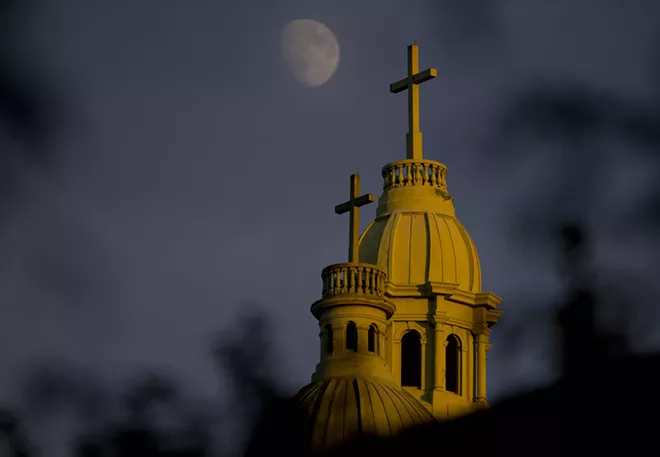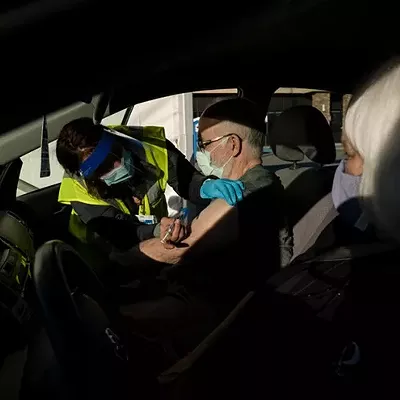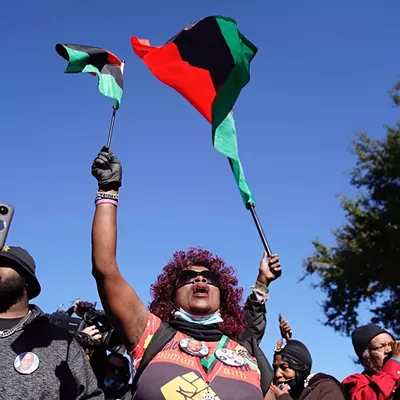
New York Times News Service
Bishops and other leaders of the Roman Catholic Church in Pennsylvania covered up child sexual abuse by more than 300 priests over a period of 70 years, persuading victims not to report the abuse and police officers not to investigate it, according to a report issued by a grand jury Tuesday.
The report, which covered six of the state’s eight Catholic dioceses and found more than 1,000 identifiable victims, is the broadest examination yet by a government agency in the United States of child sexual abuse in the Catholic Church. There have been 10 previous reports by grand juries and attorneys general in the United States, according to the research and advocacy group BishopAccountability.org, but those examined single dioceses or counties.
The report catalogs horrific instances of abuse, including a priest who raped a young girl in the hospital after she had her tonsils out, and another priest who was allowed to stay in ministry after impregnating a 17-year-old girl, forging a signature on a marriage certificate and then divorcing the girl.
“Despite some institutional reform, individual leaders of the church have largely escaped public accountability,” the grand jury wrote. “Priests were raping little boys and girls, and the men of God who were responsible for them not only did nothing; they hid it all. For decades.”
The grand jury added that the church officials named in their report have been protected and some have been promoted. “Until that changes, we think it is too early to close the book on the Catholic Church sex scandal,” the jury wrote.
The report said church officials followed a “playbook for concealing the truth”: minimize the abuse using words like “inappropriate contact” instead of “rape”; assign priests untrained in sexual abuse cases to investigate their colleagues; when removing an accused priest, don’t inform the community of the real reasons.
Attorney General Josh Shapiro, whose office conducted the investigation, said in a news conference, “They protected their institution at all costs. As the grand jury found, the church showed a complete disdain for victims.”
Little if any of the evidence unearthed by the report is likely to lead to any criminal charges. The state legislature has so far resisted calls to lift the statute of limitations that has prevented childhood victims from filing lawsuits against the church after they turn 30.
The grand jury strongly recommended that the statute of limitations be extended in criminal cases. For civil lawsuits, it recommended opening a temporary “window” that would permit older victims to file suits.














